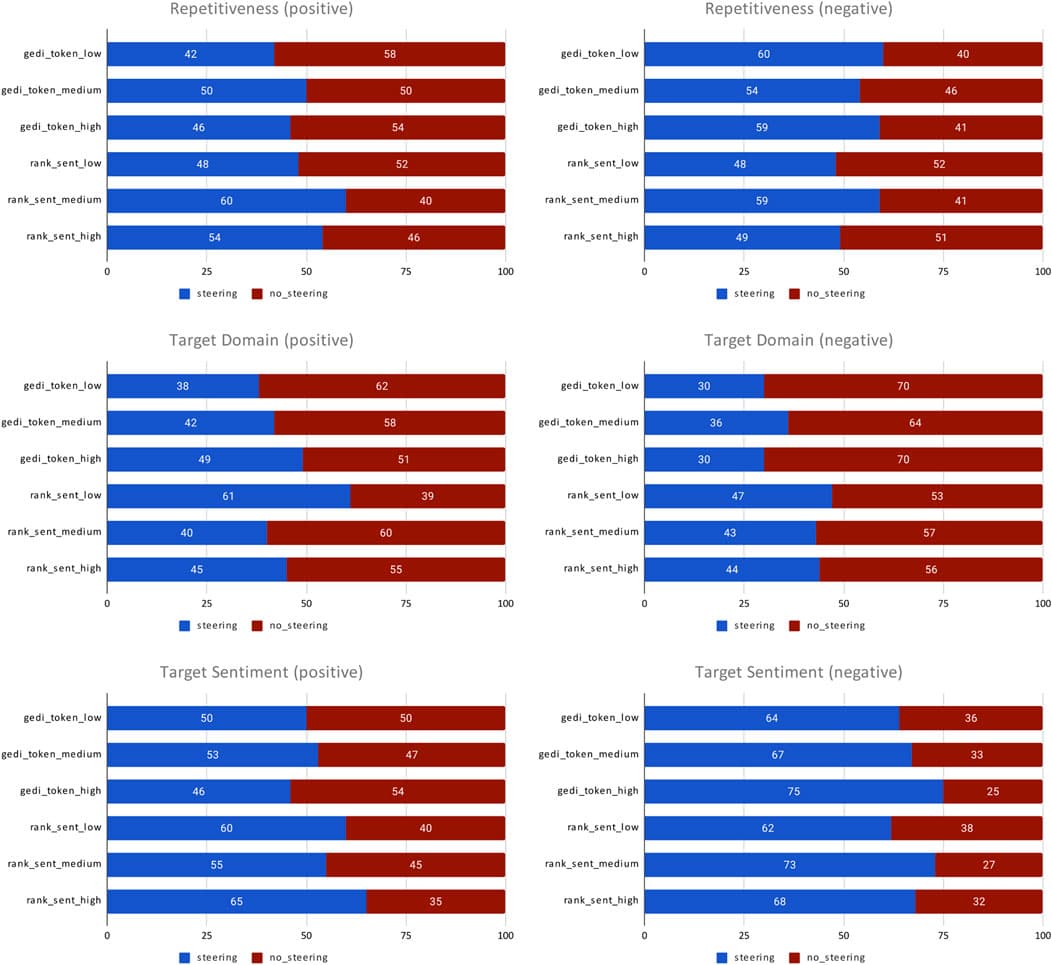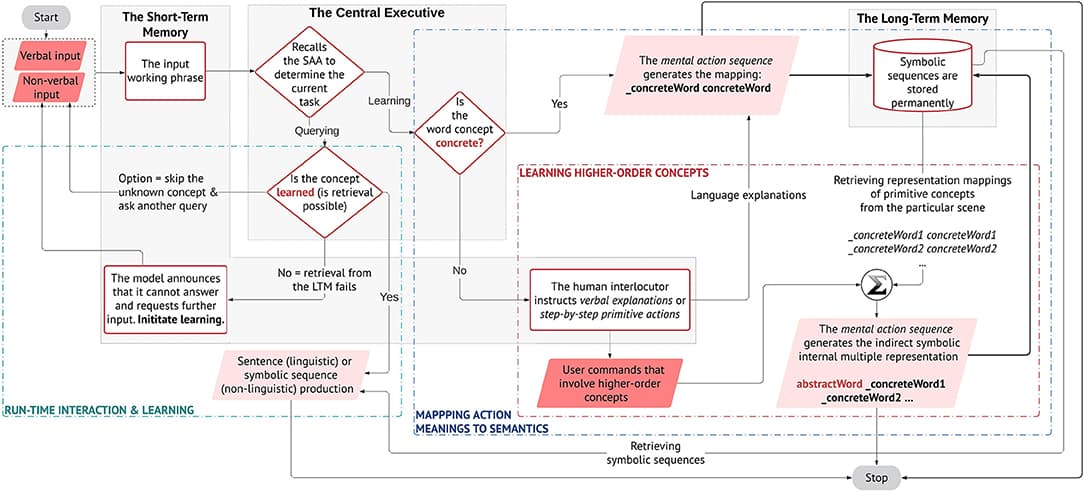Storytelling plays a central role in human socializing and entertainment, and research on conducting storytelling with robots is gaining interest. However, much of this research assumes that story content is curated. In this paper, we introduce the task of collaborative story generation, where an artificial intelligence agent, or a robot, and a person collaborate to create a unique story by taking turns adding to it. We present a collaborative story generation system which works with a human storyteller to create a story by generating new utterances based on the story so far. Our collaborative story generation system consists of a publicly-available large scale language model that was tuned on a dataset of writing prompts and short stories, and a ranker that samples from the language model and chooses the best possible output. We improve storytelling quality by optimizing the ranker’s sample size to strike a balance between quality and computational cost. Since latency can be detrimental to human-robot interaction, we examine the performance-latency trade-offs of our approach and find the optimal ranker sample size that strikes the best balance between quality and computational cost. We evaluate our system by having human participants play the collaborative story generation game and comparing the stories they create with our system to a naive baseline. Next, we conduct a detailed elicitation survey that sheds light on issues to consider when adapting our collaborative story generation system to a social robot. Finally, in a first step towards allowing human players to control the genre or mood of stories generated, we present preliminary work on steering story generation sentiment polarity with a sentiment analysis model. We find that our proposed method achieves a good balance of steering capability and text coherence. Our evaluation shows that participants have a positive view of collaborative story generation with a social robot and consider rich, emotive capabilities to be key to an enjoyable experience.
Verbal communication is an expanding field in robotics showing a significant increase in both the industrial and research field. The application of verbal communication in robotics aims to reach a natural human-like interaction with robots. In this study, we investigated how salient terms related to verbal communication in robotics have evolved over the years, what are the topics that recur in the related literature, and what are their trends. The study is based on a computational linguistic analysis conducted on a database of 7,435 scientific publications over the last 2 decades. This comprehensive dataset was extracted from the Scopus database using specific key-words. Our results show how relevant terms of verbal communication evolved, which are the main coherent topics and how they have changed over the years. We highlighted positive and negative trends for the most coherent topics and the distribution over the years for the most significant ones. In particular, verbal communication resulted in being highly relevant for social robotics. Potentially, achieving natural verbal communication with a robot can have a great impact on the scientific, societal, and economic role of robotics in the future.







